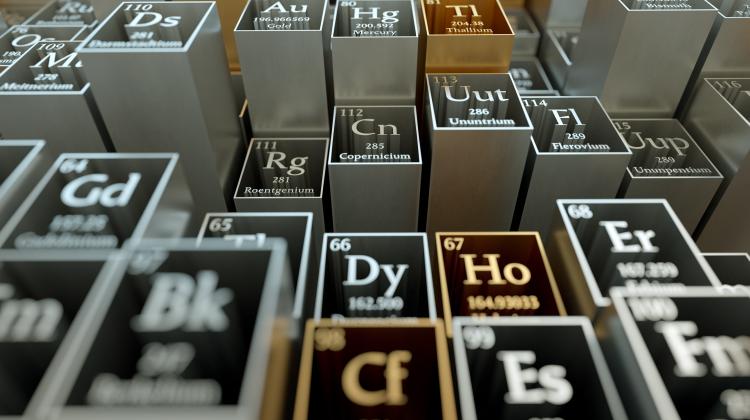Historical evidence of human use of hemp plants dates back to prehistoric Europe, specifically around Stuttgart in Germany1. There are three hemp families: Cannabis ruderalis (wild hemp), Cannabis indica (Indian hemp) and Cannabis sativa (seed hemp).
On the one hand, there are numerous reports on the adverse effects of substances present in cannabis such as THC (tetrahydrocannabinol), which is recognised as a psychoactive substance and illegal in many countries. Medical literature points to the emergence of negative symptoms resulting from long-term consumption of cannabis containing high levels of THC. These include impairments such as increased reaction time, impaired attention, information processing and motor coordination2.
On the other hand, however, there is increasing information about the unique, even highly health-promoting properties of CBD (cannabidiol), CBC (cannabichromene), CBN (cannabinol) and CBG (cannabigerol).
Hemp contains numerous chemical compounds from the cannabinoid group and it seems that it is their presence that has such a huge potential for application in medicine, cosmetics and food. These substances are described in specialist literature as having strong analgesic, anti-allergic, antibacterial, antifungal and sedative properties, among others.
CBD-containing products are increasingly common in grocery shops and drugstores, as their addition significantly improves the qualities of many products. Our research shows that the CBD cannabinoid has a strong antioxidant effect, thus slowing down the ageing process.
Another interesting product is hemp oil, which contains mono- and sesquiterpenes, in particular: limonene and α-pinene, which are also characterised as antibacterial, antioxidant substances and can act as natural biocides. On the other hand, hemp fibres are a great competitor to synthetic fibres, as they are fully renewable and have high mechanical strength and are resistant to decay. Composites reinforced with hemp fibres are currently the subject of research in many scientific and industrial centres around the world.
The presence of such interesting components in hemp plants means that they will certainly continue to be researched, identified and modified. The main goal is to obtain preparations and additives that not only fit into the ecological and natural directions of development of the modern world, but also allow to solve many difficult problems, both medical and those concerning the efficient elimination of toxic substances from plant protection preparations, packaging, or food.
References:
1. R. Kaniewski, I. Pniewska, A. Kubacki, M. Strzelczyk, M. Chudy, G. Oleszak (2017) "Hemp seed (Cannabis sativa L.)-valuable useful and medicinal plant", Postępy Fitoterapii 18(2): 139-144, DOI: https://doi.org/10.25121/PF.2017.16.2.139.
2. A. Klimkiewicz, A. Jasinska (2018) "Health consequences of recreational cannabinoid use", Psychiatry, vol. 15, no. 2, 88-92, review paper.




